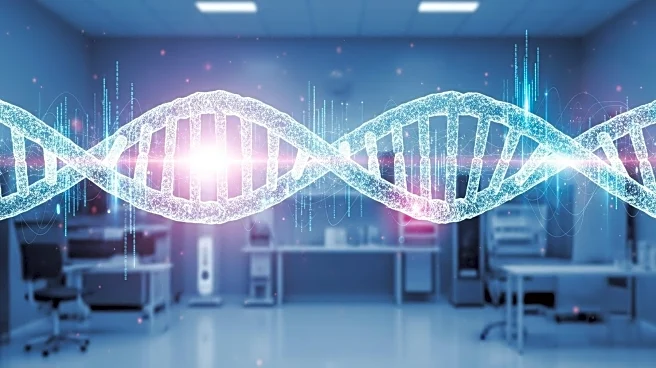What is the story about?
What's Happening?
Researchers from the University of Vienna and Nankai University have developed a method to analyze aging signals in blood using advanced metabolomics and machine learning. The study, published in the Nature Journal npj Systems Biology and Applications, identifies aspartate as a key biomarker of physical fitness and maps interactions that support healthier aging. The research involved creating a Body Activity Index and a Metabolomics Index, which showed a strong correlation between physical fitness and molecular signatures in blood. Machine learning models were used to distinguish active from less-active individuals, highlighting eight metabolites as predictors of activity level.
Why It's Important?
This research has significant implications for understanding the molecular basis of aging and physical fitness. By identifying biomarkers like aspartate, the study provides insights into how physical activity can influence aging and potentially cognitive health. The findings suggest that maintaining physical activity could help preserve strength and mobility, and may also protect against cognitive decline. This could impact public health strategies, encouraging more focus on physical activity as a means to improve overall health and longevity.
What's Next?
The study opens avenues for further research into the molecular mechanisms linking physical activity and aging. Future studies may explore how these findings can be applied in clinical settings to monitor and guide aging processes. Additionally, the research could lead to the development of new interventions aimed at enhancing physical and cognitive health in aging populations.
Beyond the Headlines
The dual role of aspartate in metabolism and brain function suggests a potential link between physical fitness and cognitive resilience. This highlights the importance of interdisciplinary research in understanding complex health issues. The study also underscores the role of AI and machine learning in advancing medical research, offering new tools for analyzing biological data.
AI Generated Content
Do you find this article useful?













